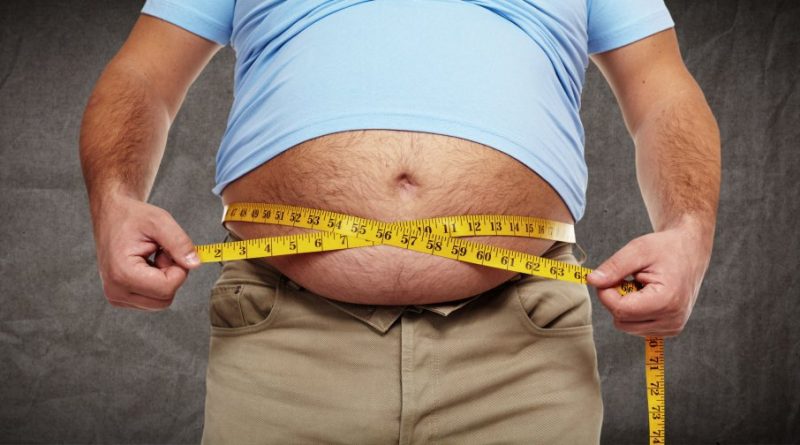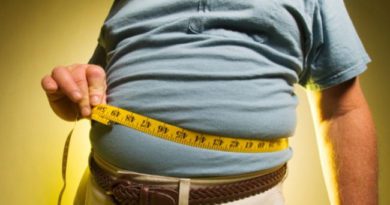WARNING: US Obesity Rate Now Exceeds 40% of the Population
This article needs to be a serious wake-up call for every American. As a certified strength and conditioning coach and sports nutritionist with decades of experience, I’m not here to shame anyone. I am here to sound the alarm about the current US obesity rate, because the latest data is genuinely frightening and demands our immediate attention. Americans are truly unhealthy.
For the first time in our nation’s history, the rate of obesity in adults has alarmingly surpassed 40%. The most recent data from the Centers for Disease Control and Prevention (CDC) collected from 2017 to March 2020 pegs the number at 41.9%. To put that in perspective, that’s a massive jump from 30.5% just two decades earlier. Unless we make significant changes, some experts predict we could hit a 50% obesity rate by 2030. This guide will break down the real reasons behind this crisis and give you actionable strategies to protect your own health.
Disclaimer: This article is for informational purposes only and is not meant to treat or diagnose any condition. It is recommended that you speak with your doctor before starting any exercise program, changing your daily nutrition, or adding any supplements to your regimen.
Table of contents

What is Causing the US Obesity Rate to Soar?
The rise in the US obesity rate isn’t due to one single issue, but a combination of powerful factors. At its core, American adults are more sedentary than ever before, and a major culprit is our food environment. The average American now consumes 23% more calories daily than they did in 1970, with a heavy reliance on ultra-processed foods that are high in added sugars, salts, and unhealthy fats.
Research published in medical journals like The Lancet has confirmed this trend, showing how much our lifestyles have changed. According to one study, only 20% of today’s jobs involve moderate physical activity, compared to 50% of jobs back in 1960. This creates a perfect storm for weight gain when combined with larger portion sizes and the convenience of fast food, which makes up about 11% of the average American diet.
What’s even more concerning is the parallel rise in the childhood obesity rate. The CDC reports that for 2017-2020, the obesity prevalence among children and adolescents was nearly 20%. It all comes down to the choices we prioritize. Consuming processed junk food and spending hours on the couch has become the default for many, replacing active lifestyles and nutritious, home-prepared meals.
What Does the Future Hold?
Frankly, the future looks incredibly challenging if we continue on this path. The health consequences alone are staggering, as obesity is a primary driver of chronic diseases. It dramatically increases the risk for type 2 diabetes, cardiovascular disease, stroke, and several types of cancer, including breast and colon cancer. These are among the leading causes of preventable, premature death in our country.
Beyond the immense personal toll, the economic impact is a massive burden on everyone. A report from the Milken Institute calculated the total economic cost of the US obesity rate in the U.S. to be over $1.4 trillion annually when factoring in medical expenses and lost productivity. The CDC noted that in 2019, the annual medical costs for an adult with obesity were $1,861 higher than for someone at a healthy weight.
This crisis creates a cycle that is difficult to break. Children often mirror the habits of their parents. When adults lead sedentary lives and rely on unhealthy food, they set that same example for their kids. The once-bustling playgrounds and parks of 30 years ago are often quiet now, replaced by time spent on laptops, phones, and tablets. It’s a systemic problem that requires a fundamental shift in our priorities as a society.
How Can We Fix the US Obesity Rate?
Fixing the US obesity rate isn’t complicated in theory, but it does require commitment. It starts with understanding and following the official recommendations. The U.S. Department of Health and Human Services’ “Physical Activity Guidelines for Americans” provides a clear, achievable goal for adults.
The core recommendation is to get at least 150 minutes of moderate-intensity physical activity per week. You can break this down into just 30 minutes, five days a week. And you get to choose how you move, whether it’s brisk walking, jogging, cycling, or lifting weights. The key is simply to get your body moving consistently.
On the nutrition side, making a healthy meal doesn’t have to be more difficult than making an unhealthy one. The process of shopping and preparing is the same. The difference is in the choices you make at the grocery store. Focus on whole foods like fruits, vegetables, and lean proteins, and limit your intake of processed foods and sugar-sweetened beverages.
From my experience, the most effective approach is to make health a family affair. Cook healthy meals together. Go for a family walk after dinner. By incorporating these healthy habits into your family’s routine, you demonstrate how simple and beneficial these lifestyle choices can be. The US obesity rate won’t fix itself, it requires conscious effort from every one of us.
Frequently Asked Questions About Obesity in the U.S.
What is the difference between being overweight and having obesity?
Doctors use a measurement called Body Mass Index (BMI) to classify weight status. A BMI between 25 and 29.9 is considered overweight, while a BMI of 30 or higher is classified as obesity. Severe obesity is defined as a BMI of 40 or higher.
What are the main health risks of obesity?
Obesity significantly increases the risk of numerous serious health conditions. According to the CDC, these include type 2 diabetes, high blood pressure, high cholesterol, heart disease, stroke, sleep apnea, and certain cancers.
Are obesity rates the same for everyone in the U.S.?
No, there are significant disparities. Data from the CDC’s National Health and Nutrition Examination Survey (NHANES) shows that obesity prevalence is highest among non-Hispanic Black adults (49.9%), followed by Hispanic adults (45.6%). Rates also vary by education level, with adults who have college degrees showing lower rates of obesity.
How much physical activity do kids need?
The American Heart Association recommends that children and adolescents aged 6 to 17 get at least 60 minutes of moderate- to vigorous-intensity physical activity every day. This should include muscle- and bone-strengthening activities at least three days a week.


*Disclosure: This article may contain affiliate links or ads, which means we earn a small commission at no extra cost to you if you make a purchase through these links. These commissions help support the operation and maintenance of our website, allowing us to continue producing free valuable content. Your support is genuinely appreciated, whether you choose to use our links or not. Thank you for being a part of our community and enjoying our content.
PLEASE CONSIDER SHARING THIS ON YOUR SOCIAL MEDIA TO HELP OTHERS LEARN MORE ABOUT THIS TOPIC.





